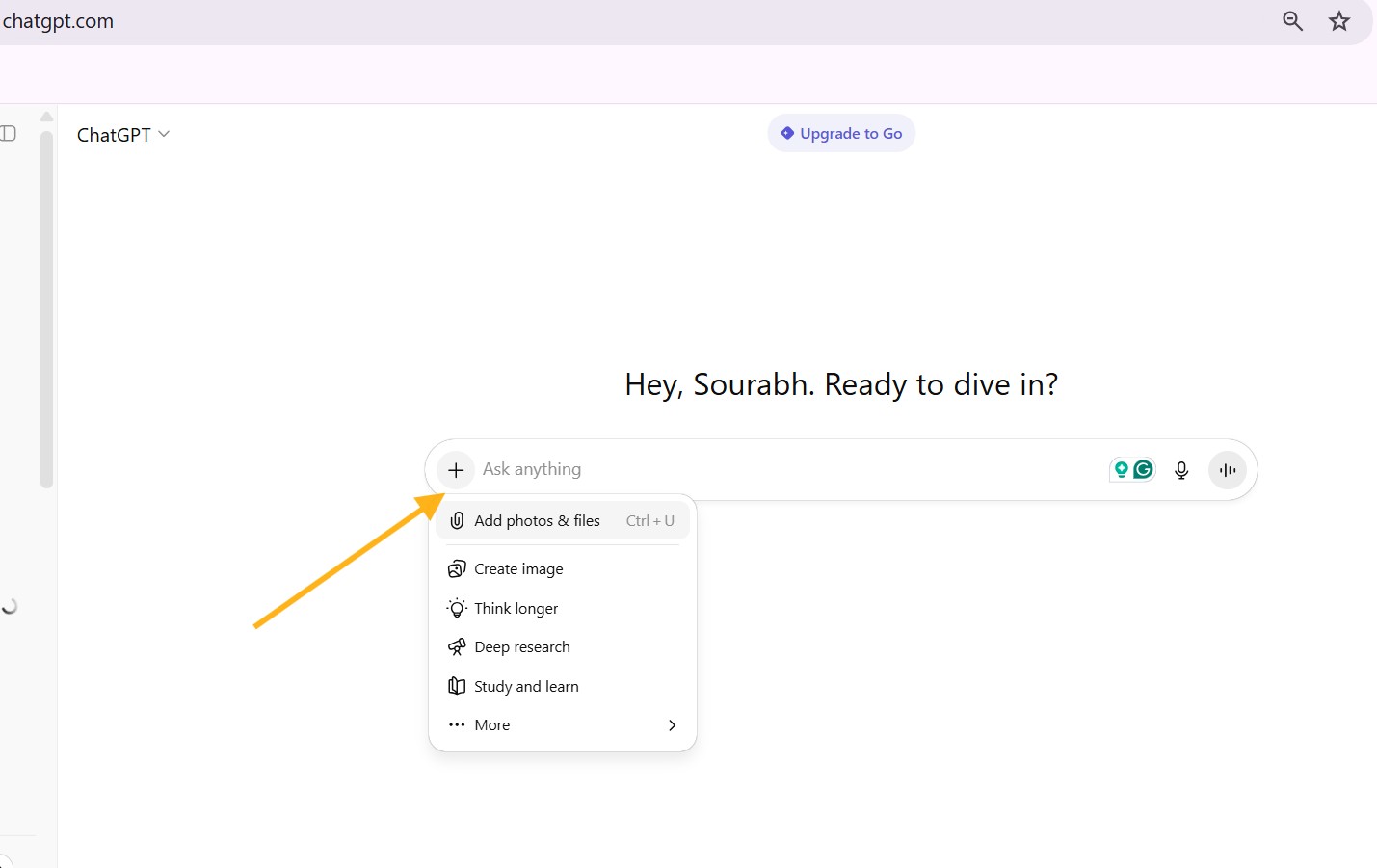
Artificial Intelligence (AI) agents play a key role in powering everything from chatbots and smart assistants to autonomous vehicles and robots. But what exactly makes these agents intelligent? What are the building blocks behind their decision-making and behavior?
In this blog, we’ll break down the **core components of an AI agent—Perception, Decision-Making, and Action—**in a question-and-answer format to help you understand how they work and why they matter.
What Is an AI Agent?
An AI agent is a system that perceives its environment, makes decisions, and performs actions to achieve specific goals. These agents can range from simple rule-based systems to complex machine learning models.
Also Read: How to Create AI Agents
1. What Is Perception in an AI Agent?
Perception is the process by which an AI agent gathers information from its surroundings. It’s like the agent’s eyes and ears, collecting raw data from various sources.
How Does Perception Work?
- Data Sources: Includes user inputs (text, voice), sensors (cameras, microphones), and databases.
- Examples:
- A chatbot understands typed or spoken commands.
- A self-driving car detects road signs using LIDAR and cameras.
- A smart thermostat measures room temperature and humidity.
Why Is Perception Important?
If an agent can’t sense its environment correctly, it will make poor decisions. Good perception filters out noise and focuses on relevant information, ensuring better outcomes.
2. What Role Does Decision-Making Play?
Once the agent collects information, it needs to decide what to do next. This is the decision-making phase—the “brain” of the AI agent.
What Techniques Are Used?
- Rule-Based Logic: Basic if-then rules.
- Machine Learning (ML): Pattern recognition and predictions.
- Reinforcement Learning: Trial-and-error with rewards.
Examples of Decision-Making:
- Siri decides whether to set an alarm or play music.
- Chess AI calculates the best move to win.
- Drones decide how to change course mid-flight.
Why Is Decision-Making Essential?
Without a solid decision-making system, an agent can’t adapt or respond intelligently. This component enables agents to handle complex, real-time environments effectively.
3. How Do AI Agents Take Action?
The final component is Action—where decisions are executed in the real or digital world.
What Kinds of Actions Do AI Agents Perform?
- Physical: Moving a robot, applying brakes in a car.
- Digital: Sending a message, updating a database.
Examples of AI in Action:
- A chatbot replies with relevant answers.
- A vacuum robot changes its path to avoid an object.
- A game bot makes a character move or attack.
Why Does Action Matter?
Even the smartest AI is useless without the ability to act. The action stage is where results are delivered, making this a vital part of the AI lifecycle.
How Do These Components Work Together?
The Perception–Decision–Action loop is a continuous cycle:
- Perception gathers real-time data.
- Decision-Making processes that data and selects an action.
- Action executes the response, changing the environment—and the cycle starts again.
Example in Action:
A voice assistant hears “Play some jazz” → decides which app to use → plays a jazz playlist.
What Are the Real-World Applications of AI Agents?
- Virtual Assistants (e.g., Alexa, Google Assistant)
- Autonomous Vehicles (e.g., Tesla Autopilot)
- Gaming AI (e.g., NPC behavior in video games)
- Smart Devices (e.g., thermostats, lights)
Each of these examples relies on the seamless interaction between perception, decision-making, and action.
What Challenges Do AI Agents Face?
| Component | Challenge |
|---|---|
| Perception | Dealing with noisy or missing data |
| Decision-Making | Balancing speed vs. accuracy |
| Action | Ensuring reliability and safety |
What’s the Future of AI Agents?
Advancements in sensors, machine learning algorithms, and actuator precision are making AI agents smarter and more reliable. In the future, we can expect even more autonomy and seamless integration across industries—from healthcare to robotics to smart cities.
Also Read: Core Components of an AI Agent
Final Thoughts
Understanding the Perception–Decision–Action cycle is key to unlocking how AI agents think and operate. These components work together to enable machines to act intelligently and autonomously in our world. As these systems become more advanced, they’ll continue to shape the future of technology and human interaction.


